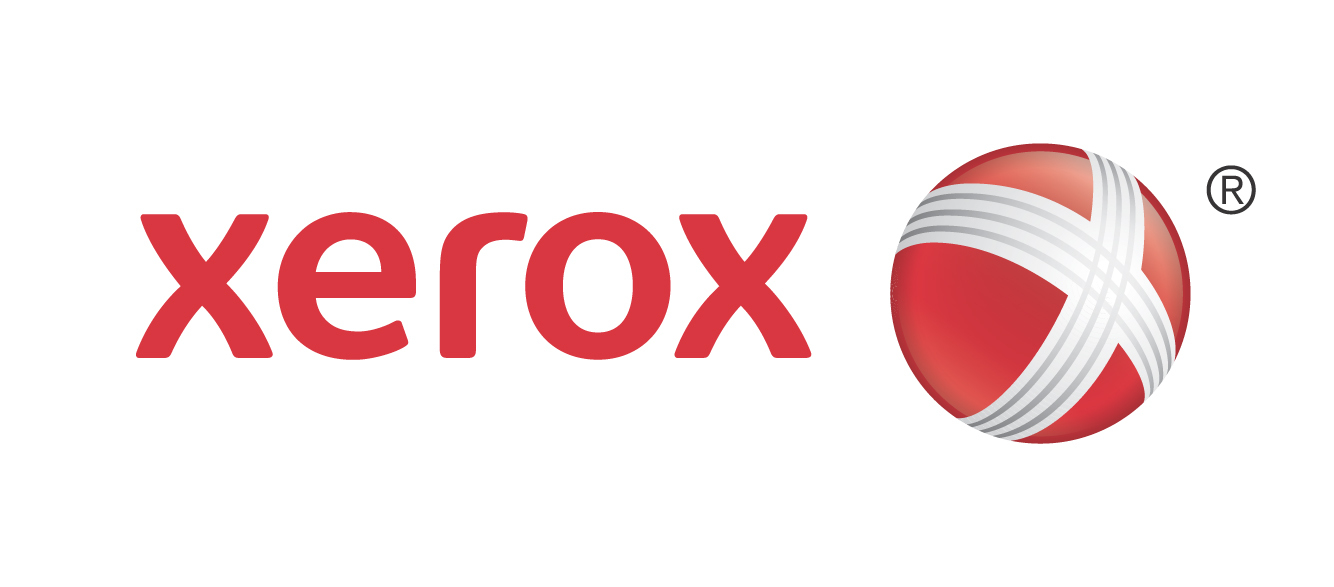Xerox today announced two new printed packaging labels that can store 36 bits on rewritable memory. The labels are aimed at combating counterfeiting and helping businesses and government better secure products as they are distributed.
The two printed electronic labels, which Xerox is also calling "printed memory," can collect and store information about the authenticity and condition of products, storing up to 68 billion points of data, the company said.

The labels, for example, can be used to determine if a product is genuine and to track how it's been handled during distribution, Xerox said.
"This makes it possible to ensure the integrity of a product from the time it leaves the factory to the time it gets into the hands of a customer," Steve Simpson, a Xerox vice president, said in a statement.
Other uses for the rewritable data within each tag could be to identify if a medication refill has been authorized, if a shipping tax has been paid or if a package has passed through an authorized distributor.
The memory labels can be scanned using a simple smartphone-based reader.
The memory labels can store up to 68 billion bit pattern combinations because each binary digit (0 or 1) can be combined for 2^2 or 4 possibilities (00, 01, 10, 11). When there are three bits, there are 2^3 or 8 possibilities (000, 001, 010, 011, 100, 101, 110, 111). Scaled to 36 bits, there are more than 68 billion possible bit pattern combinations, according to Bill Cummings, a spokesman for Thin Film Electronics ASA.
"In practical terms, it means that a relatively small number of bits can be used to digitally record important information about a labeled product as it moves through the supply chain and distribution network," Cummings said. "In addition to a core yes/no verification of product authenticity, the memory bits can verify the intended distribution channel and other item-specific information, such as region code, warrant info, service history, etc., to assist brands and their partners."
Xerox licensed the proprietary printed memory technology from Thin Film, a Norwegian company. Xerox plans to produce printed memory at its plant in Webster, N.Y.

One of the printed memory labels also includes cryptographic security through a unique, encrypted printed code such as a QR bar code.
"Traditional anti-counterfeiting methods such as invisible ink, holograms and RFID tags can be easily copied and hacked, and are often expensive to implement," Xerox said in its announcement. "This combination of printed memory with an encrypted printed code creates one of the most secure anti-counterfeit solutions on the market."
For the past few years, Xerox subsidiary Palo Alto Research Center Inc. (PARC) and Thin Film have been working together on combining digital cryptography with smart labels based on Thin Film's Addressable Memory.
While not disclosing a price for the labels, Xerox said they are inexpensive and difficult to counterfeit as every stamp is uniquely encrypted and can be created only by authorized personnel. In addition, key features will work offline, allowing secure validation of an object or process without being bound to the Internet.
"Keeping ahead of counterfeiters is a complex challenge that requires an unprecedented level of security in a growing global market," Thin Film CEO Davor Sutija said in a statement. "We are pleased to provide Xerox and its customers with another layer of defense to combat counterfeiting across multiple industries."
The printed memory labels will be showcased at Pharma Expo, a pharmaceutical processing and packaging conference and trade show being held in Las Vegas Sept. 28 through Sept. 30.
